Photographing with a 20mm lens is quite demanding on the eye, as the composition has to take into account many more objects than with a normal prime or telephoto lens. As a result, it is very easy to get meaningless ‘postcard-like’ images. Not having used such a lens before, I certainly fall into the latter category, so the following photos (possibly, but only one) only serve to show some of the optical features of the lens.
Resolution
Despite its age (the lens was marketed between 1973 and 1996), the optical resolution is not bad. In this image, apart from the chromatic aberration, you can clearly see the two parallel cables crossing the two poles. Not bad for an ultra-wide lens.

Flare resistance
In this photo, the lens was aimed directly at the sunlight. Although the sky was a little cloudy, I expected to find at least some flare in the final image, but in the end, surprisingly, I found none.
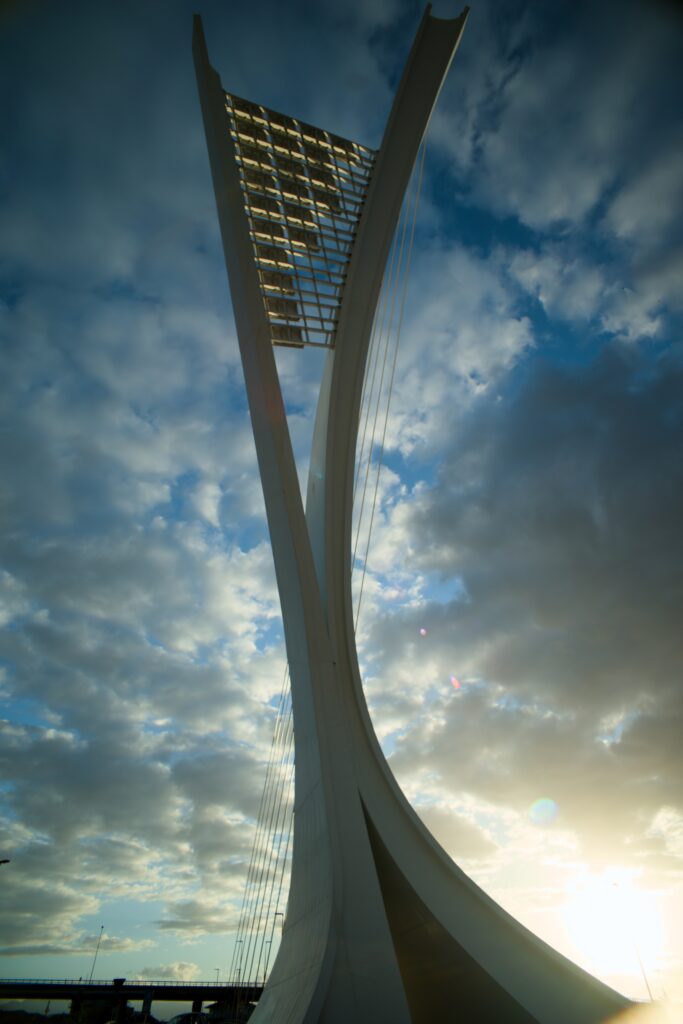
Composition
Being a complete novice with this lens, I didn’t know how to get anything useful out of it. I searched the internet for some advice and what I found was… you have to work out for yourself how to fit it into your visual language.
The most obvious idea, having seen how wide a 20mm is, was to look for static, large and wide subjects, such as (once again) bridges.
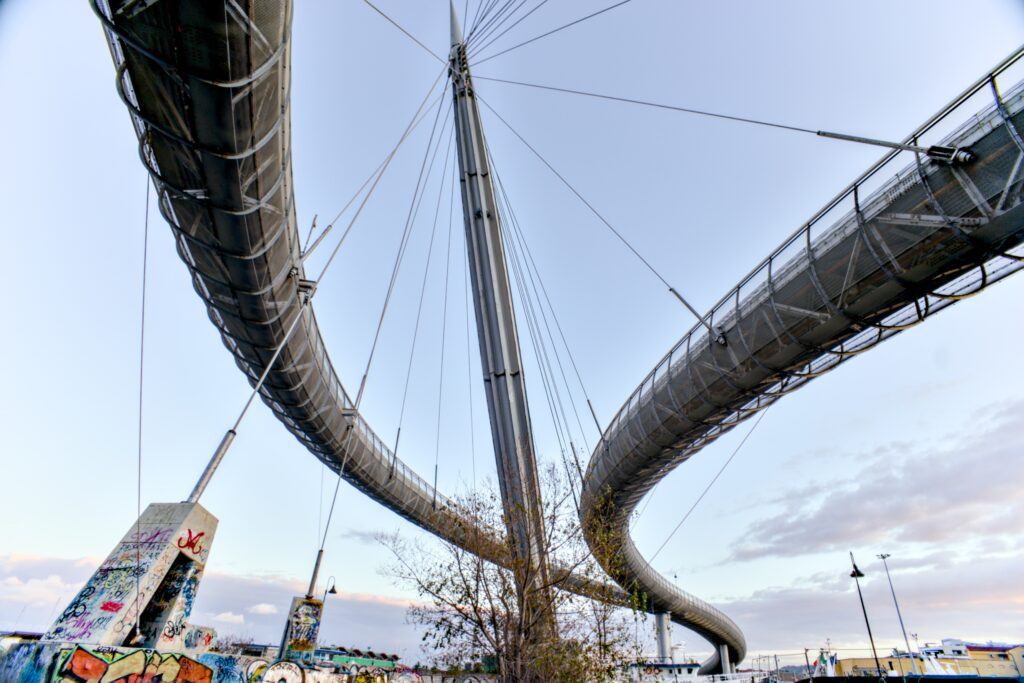
Although it may not be immediately obvious, this composition could easily have been guessed by someone with a good knowledge of the wide-angle field of view. Nevertheless, it has a certain originality and, together with the usual chroma, shows the colour reproduction that the MIR-20 is capable of.
The composition of the next photo, on the other hand, is less obvious and gave me a clue as to the direction I should take when (if) using this lens.

In search of a meaningful composition, I ended up visually aligning the fountain with the bridge, so that the final result looks like a snake or a dragon, with the fountain being the head (and the sprockets, the fangs) and the bridge being the sinuous body of the beast. Of course, this photo only exists in my mind, confirming my assumptions that photography has nothing to do with capturing reality, and that it is the photographer who gives meaning to a specific organisation of shapes, colours and lights. The originality of the composition, and the fact that it is not just a meaningless reproduction of a scene with no particular contribution from the photographer, also has a legal side-effect: it makes the photograph something that is legally worthy of copyright protection.
Quirks
Optically, the Mir-20 is prone to colour fringing and vignetting. Post-production can help to correct this, but it is not always possible to get rid of it completely. For me, however, this is a minor annoyance.
What is, by contrast, a major hassle is handling the lens with a K-mount adapter on a Pentax camera. I forgot to mention, in fact, that the Mir-20 has an M42 mount and therefore needs an adapter to be used. The M42-K adapter, however, is peculiar because it must be installed inside the lens mount and does not protrude from the body.
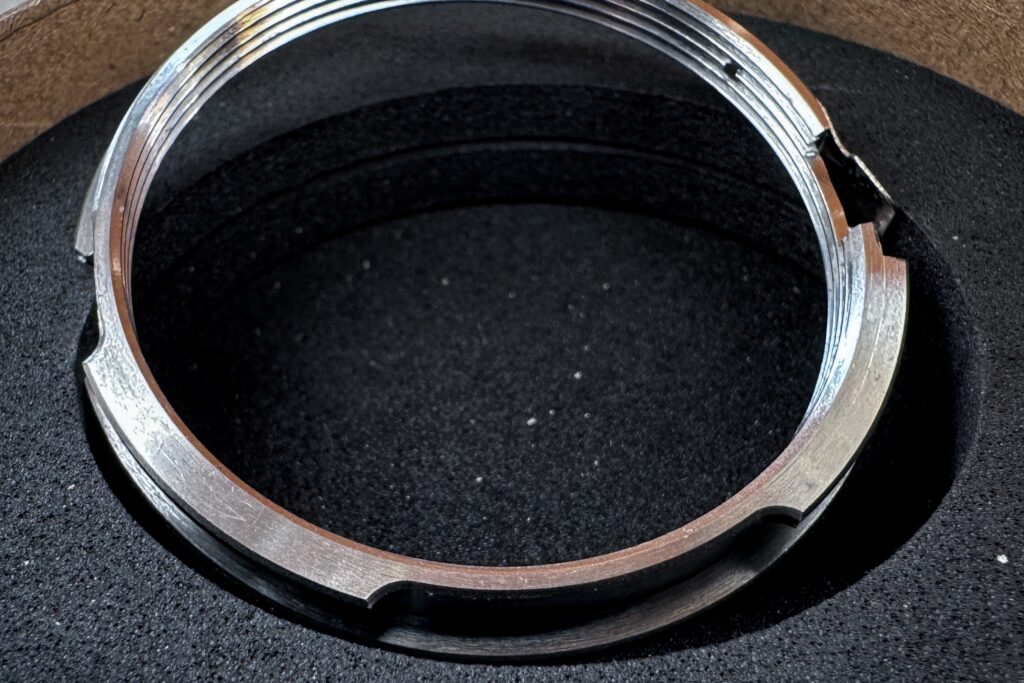
As the M42 thread does not have a specific point from which to screw the lens, once installed it will always shows the distance and aperture markings in the wrong position. This is not an issue with APS-C mirrorless cameras, because their adapters are adjustable, but with a Pentax the problem is real and unsolvable.
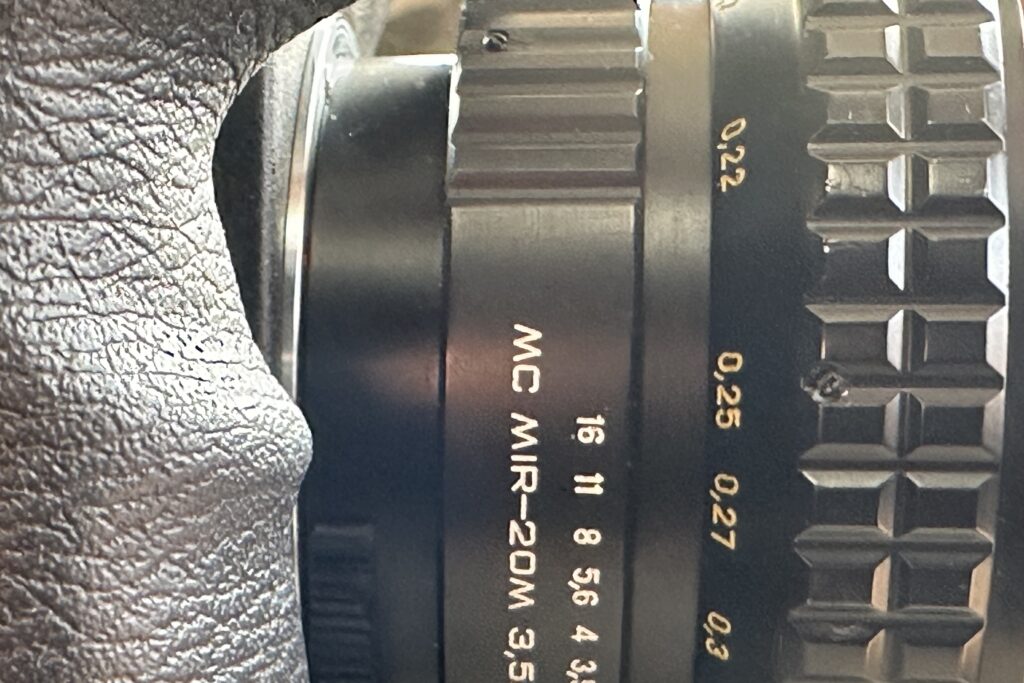
The focus ring, at least in my lens does not rotate smoothly and is too stiff. Also if I list it as a drawback, it is not a real issue because with an ultra wide there is hardly a chance of taking impromptu pictures requiring a quick focus adjustment.
Finally, a word to the wise: to focus properly, the Mir-20 requires an additional filter to be mounted on the back of the lens. It worth double checking that it is included in the purchase when buying this lens second hand.
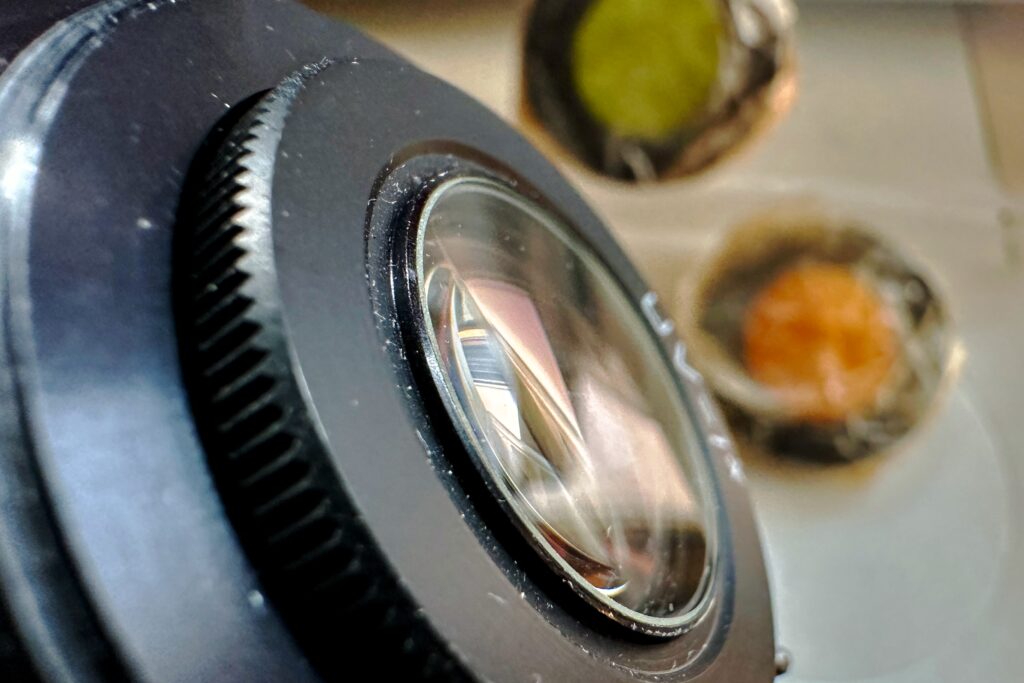
Conclusions
I was initially disappointed with this lens, but my reaction was mainly due to my inability to use it properly. However, when I saw the picture of the fountain and the bridge (the one I called ‘the snake’), my opinion began to change. Unfortunately (for whom?), as I wrote in the review of the Nikkor 16mm, ultra wide lenses are not my cup of tea, so I don’t think I’ll give the Mir-20 another try, despite its stubbornness in successfully proving me wrong about its capabilities.
Share this post:
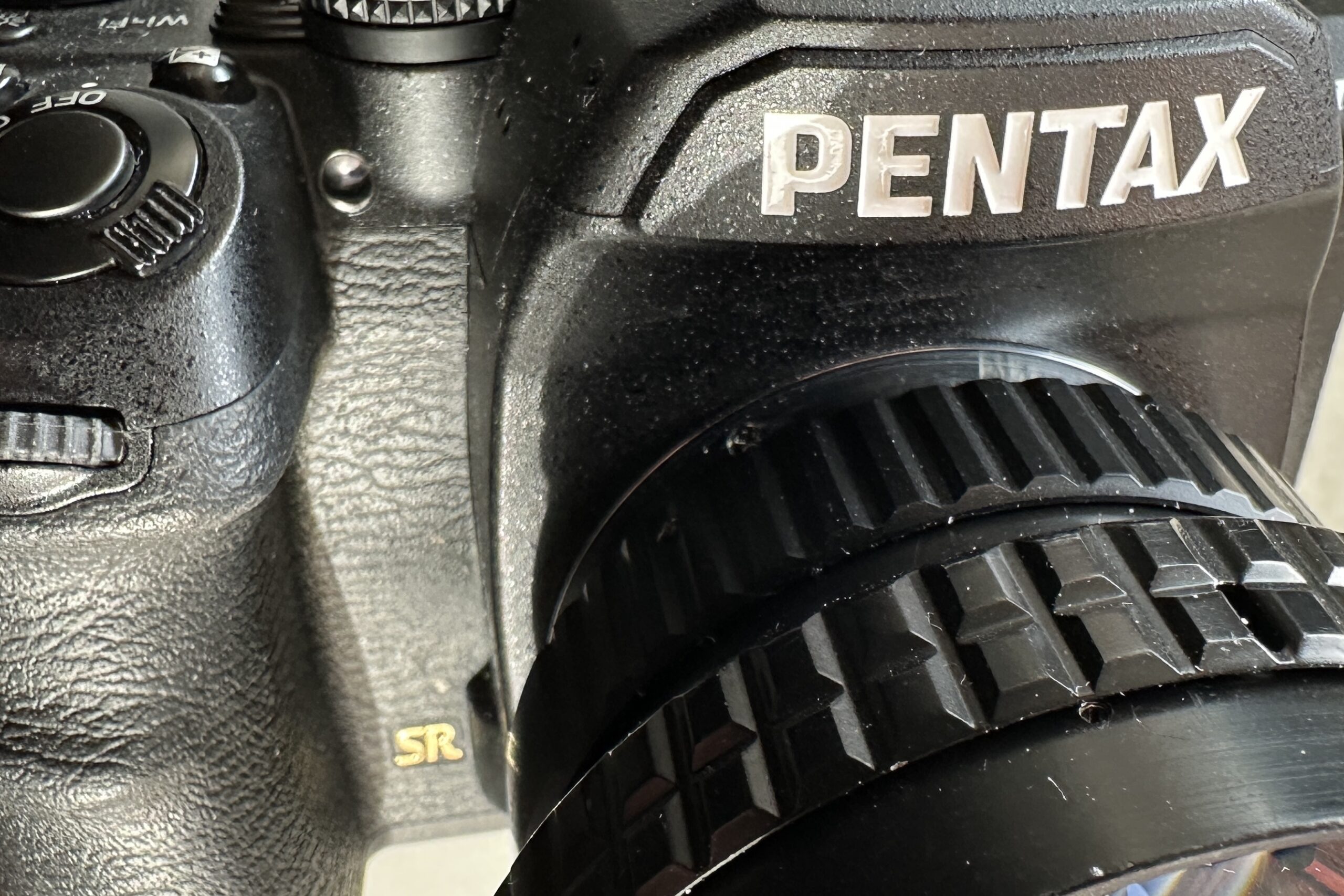
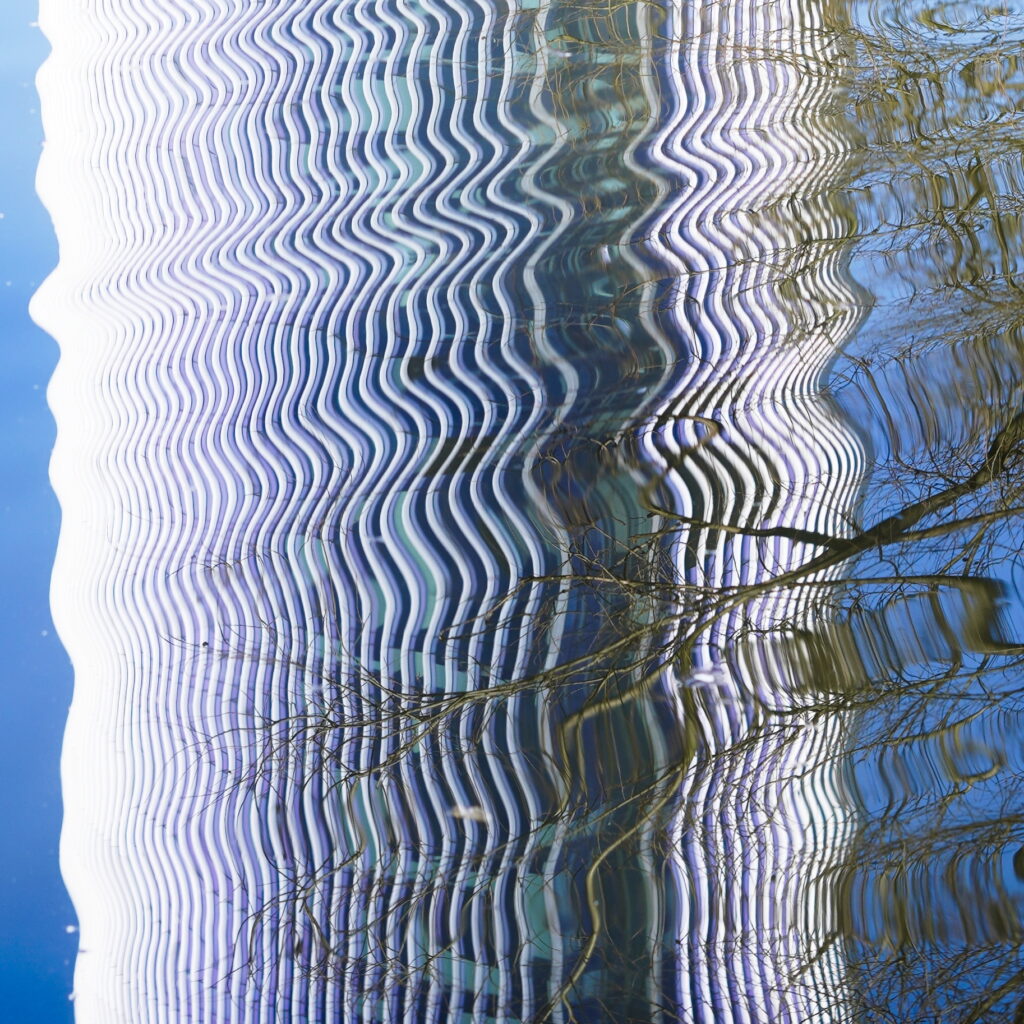
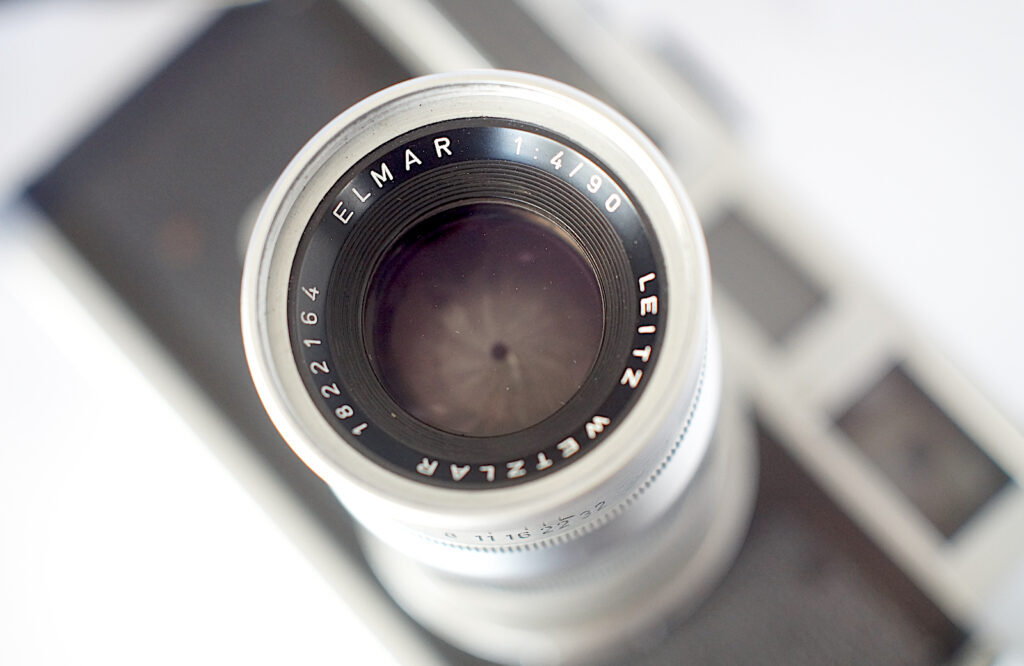
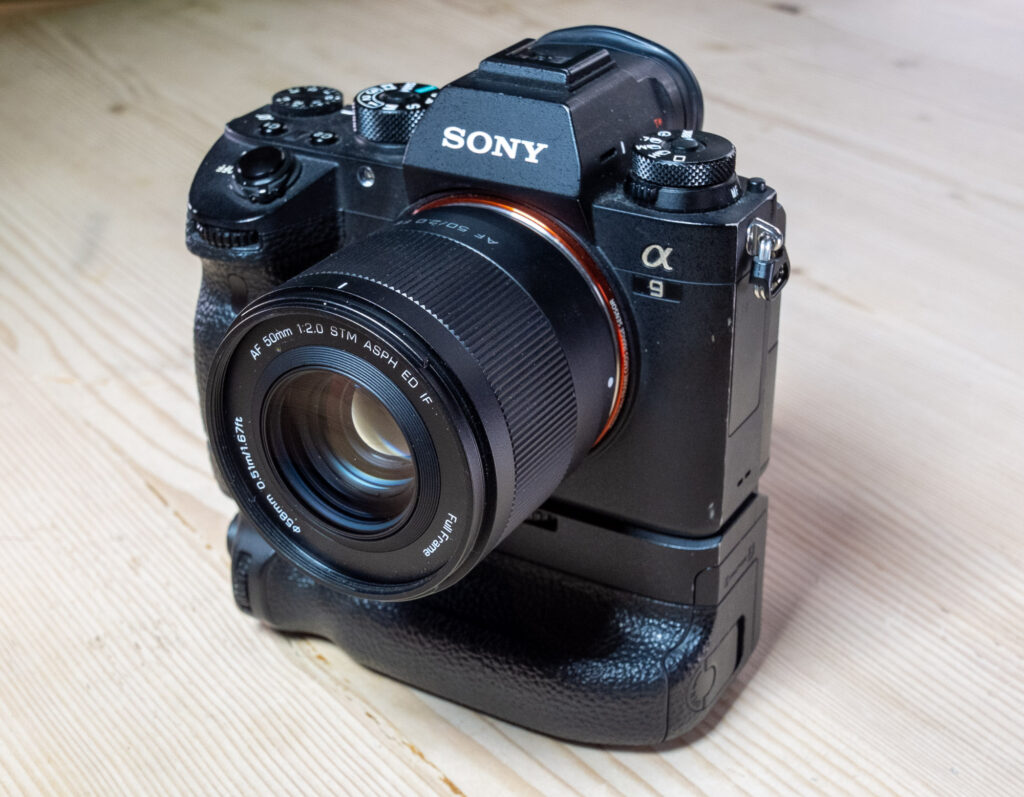
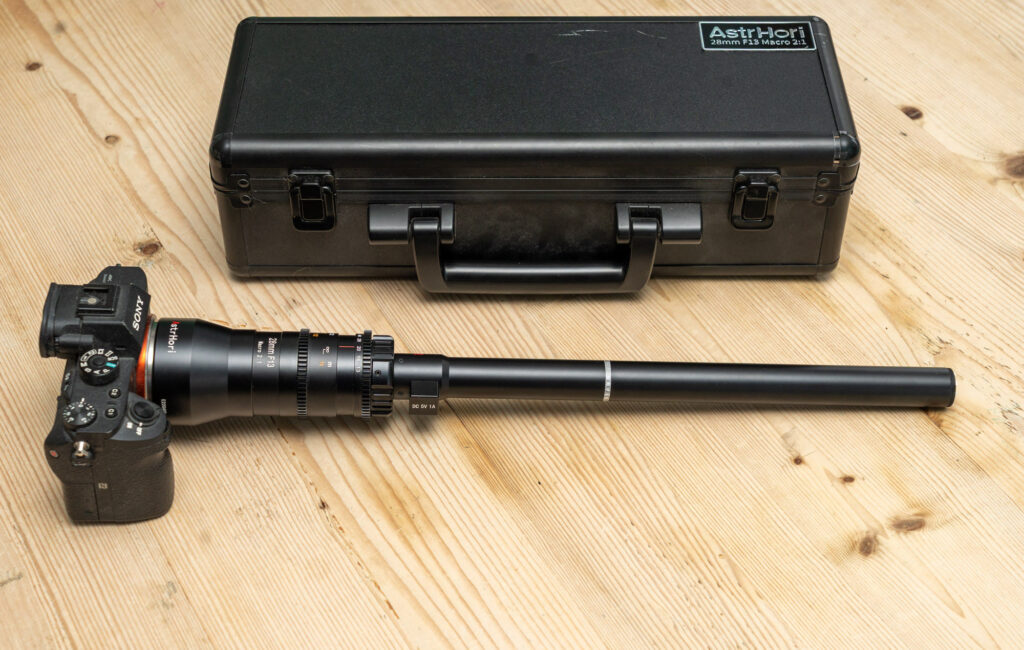




Comments
Ibraar Hussain on Mir-20 20mm 3.5 on a Pentax K1-II – A Field Test of the
Comment posted: 18/01/2025
Neil on Mir-20 20mm 3.5 on a Pentax K1-II – A Field Test of the
Comment posted: 18/01/2025
Jeffery Luhn on Mir-20 20mm 3.5 on a Pentax K1-II – A Field Test of the
Comment posted: 20/01/2025
I think you've got the hang of this lens. The bridge shot with the strong overheard leading lines shows this lens at its best. Great composition.
I'm a lover of wide angle lenses, especially for interiors and some photojournalism uses. I bought a new Nikkor 20mm in 1974 and it was rubbish. The fall off on the edges was terrible. I obtained a used Vivitar 17mm lens around 1984 and despite the brand name being associated with mediocre quality, it was distortion free when held level. Very low lens flair and decent sharpness. Plenty good for slide shows. It has been my 'go to' super wide until recently. About 5 months ago a friend donated his complete Nikon system to the school where I teach and there was a 20mm in the kit, circa 1995. WOW! That is a fine lens!
Keep working with that 20mm. I think you're onto something good.